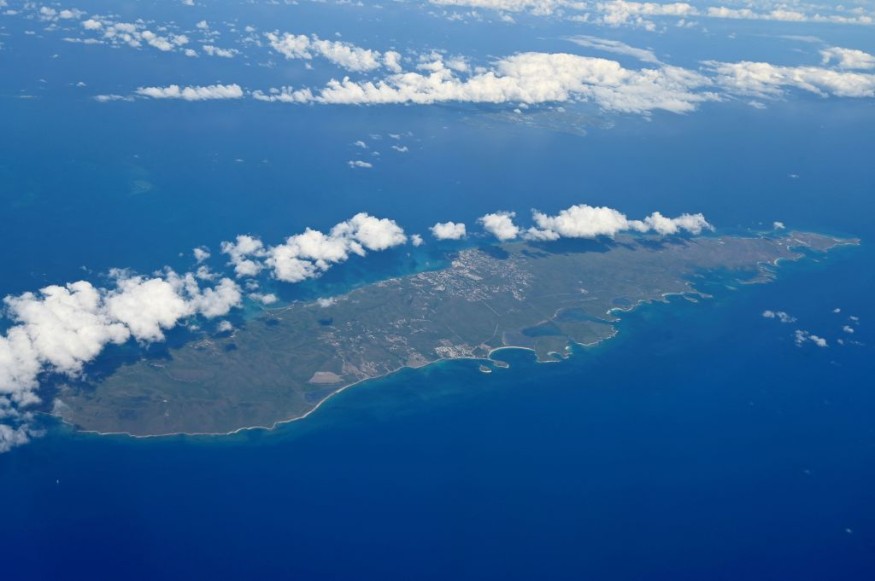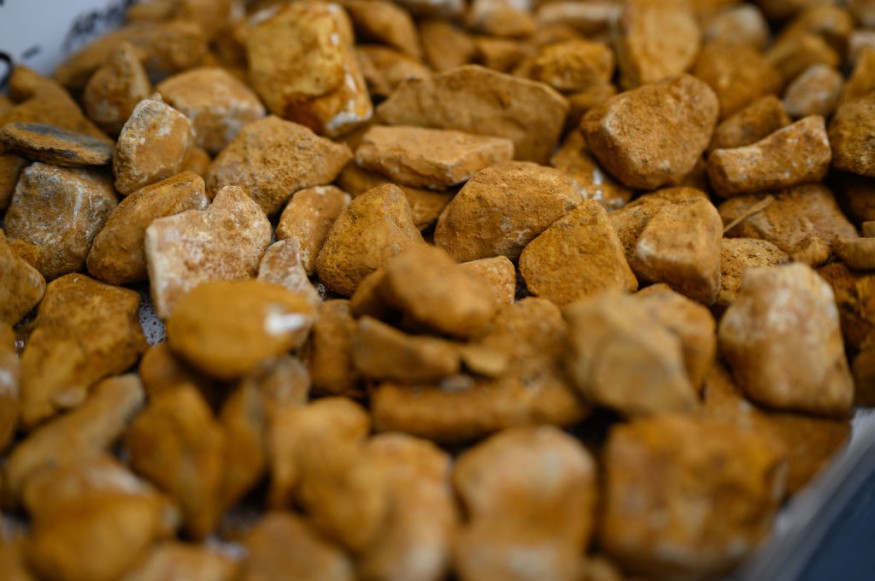In Science class, we were taught that Earth's oxygen is a product of photosynthesis, and at least half of it comes from the ocean. According to scientists, oxygen rise occurred when eukaryotic ecosystems expanded. However, they are curious as to when it became sufficient to support animal life, and if it helps detect life beyond our planet.
"Until now, there was a critical gap in our understanding of environmental drivers in early evolution. The early Earth was marked by low levels of oxygen, till surface oxygen levels rose to be sufficient for animal life.
But projections for when this rise occurred varied by over a billion years-possibly even well before animals had evolved," says Maxwell Lechte in SciTechDaily, a postdoctoral researcher in the Department of Earth and Planetary Sciences under the supervision of Galen Halverson at McGill University.
Their findings published in Pnas presented the strongest evidence to date that linked low oxygen levels and limitations on billion-years evolution.
Finding answers through ironstones from around the world

Researchers collected iron-rich sedimentary rocks in ancient coastal environments from around the world. They analyzed the amount of oxygen present when the rocks formed and the impact it would have had on early life like eukaryotic microorganisms.
According to researcher and co-leader of the study, Changle Wang, the ironstones "offer insights into the oxygen levels of shallow marine environments, where life was evolving."
"The ancient ironstone record indicates around less than 1 % of modern oxygen levels, which would have had an immense impact on ecological complexity," he notes.
In addition, Lechte said that the low oxygen conditions persisted until about 800 million years ago, right when they first started to see evidence of the rise of complex ecosystems in the rock record.
"So if complex eukaryotes were around before then, their habitats would have been restricted by low oxygen," the lead author added.
Looking for signs of extraterrestrial life

The researchers laid down important implications of billion-years atmospheric oxygen to exploration of signs of life beyond our solar system. Searching for traces of atmospheric oxygen is one way to look for evidence of past or present life on another planet - scientists call it biosignature.
NASA Astrobiology defines biosignature as any characteristic, element, molecule, substance, or feature that can be used as evidence for past or present life. It also needs to be something that can't be done without the presence of life.
Using Earth's history, scientists are able to gauge the oxygen levels under which terrestrial planets can stabilize. If the findings were true that terrestrial planets can stabilize at low atmospheric oxygen levels, "the best chance for oxygen detection will be searching for its photochemical byproduct ozone," the researchers said.
"This work stresses that ultraviolet detection in space-based telescopes will significantly increase our chances of finding likely signs of life on planets outside our solar system," says Noah Planavsky, a biogeochemist at Yale University.
Moreover, more geochemical studies will allow them to "paint a clearer picture" and better understand the evolution of oxygen levels during this time.
© 2025 NatureWorldNews.com All rights reserved. Do not reproduce without permission.





